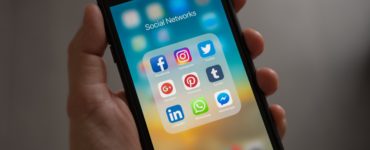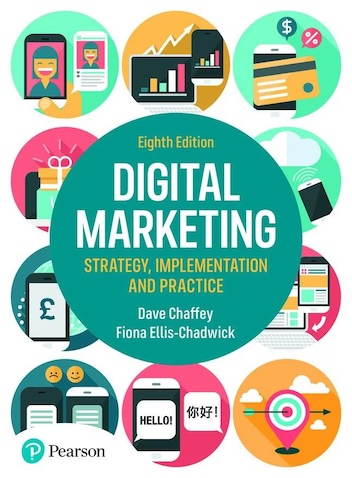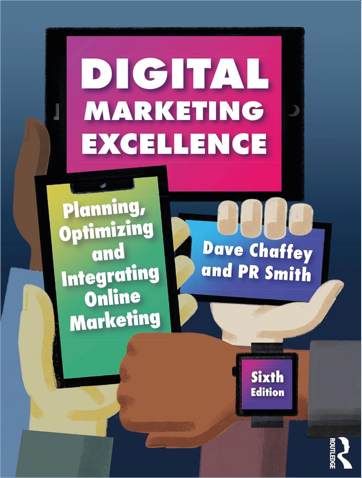In my voluntary work for AbilityNet in the UK, I’m often involved in helping people whose sight has just deteriorated and want to know what smartphone apps can help them. I also help blind people who are just starting to use a mobile phone or switching to a new model. Through doing this work I’ve learned about many free apps available in different situations in daily living, both for Apple smartphones, Android smartphones and tablets.
In this list I’ve grouped my recommendations of which mobile apps are most useful for these common situations:
- 1. Around the house
- 2. Listening to Audio books, music, podcasts and videos
- 3. Out-and-about – apps for navigating and interacting with the world
- 4. Apps to make using your phone easier
1. Helping you see objects around the house
You will mainly use these apps inside your home or office, but they can be used outside too, of course. Here are my recommendations.
Be My Eyes human-assisted vision
This free app offers a service that connects blind and low vision people with sighted volunteers who can describe your surroundings or read text via a live video call.
Magnifiers
Screen magnifiers for enlarging the screen are bundled with iOS and Android, but it is also useful to have a camera magnifier acting as your magnifying apps. While some of the AI apps we will review offer these, it can be better to have one of these simpler apps
The two top-rated apps on the app stores are:
Seeing AI (iOS) – for describing the world around you.
From Microsoft – a free app that narrates the world around you. Uses your iPhones camera to read out short text, e.g. a letter or a longer document. Also has a fun feature to describe rooms and people – may get ages wrong!
Google Lookout (Android)
Similar to Seeing AI, Lookout uses the phones camera. Lookout makes it easier to get more information about the world around you and do daily tasks more efficiently like sorting mail, putting away groceries, and more.
Speech Services by Google
Speech Services provides speech-to-text functionality to Google and other third party apps to convert what you say to text. For example, it can be used by:
- Google Maps when you use your voice to search places
- Recorder App to transcribe your recordings on device
- Phone App Call Screen feature to get a real-time transcription of your caller
- Accessibility apps like Voice Access for operating your device through voice
- Dictation or keyboard apps you might use to dictate text messages through voice
- Download Google Speech services – Android Google Play
Sullivan is an alternative to Seeing AI and Lookout
This alternative is also AI-powered and is highly-rated in reviews. It offers similar functionality including:
- Text recognition
- Face recognition
- Image description
- Color recognition
- Light brightness
- Magnifier
- Sullivan – Apple iOS
- Sullivan – Android Google Play
Supersense is another alternative MIT AI Labs
2. Listening to audiobooks, music and podcasts
EasyReader – Audiobook reader
For audiobook listening the best free option is EasyReader.
EasyReader from Dolphin is a free app designed to make reading more accessible for readers who are visually impaired or have a neurodiverse condition such as dyslexia or Parkinson’s Disease.
Also available for Windows PC and Kindle.
It has nearly 40 libraries with audio books and newspapers, many of which are free to listen to if you are registered blind.
I’m based in the UK, so some of the audio book options in UK are provided via the RNIB libraries including RNIB Talking Books (now available through RNIB Reading Services online library), RNIB Newsagent and the RNIB Bookshare Education Collection.
There are also options in many other countries – View the libraries in the different countries including the UK, US, Ireland, Europe, Australia and New Zealand.
If you have the Amazon Alexa and are based in the UK since 2021 there is now an even better option – the RNIB Talking Books skill for Alexa.
LibriVox – a free bookreader for public domain books
LibriVox was recommended to me as an alternative for left-field books and classics which are out of copyright. LibriVox is a group of worldwide volunteers who read and record public domain texts, creating free public domain audiobooks for download
- LibriVox – Apple iOS
- LibriVox – Android Google Play – ad free version also available
- LibriVox – Learn more from developer website
Finally, there is Audible which is a paid service owned by Amazon. This uses a subscription model where you pay to get one credit per month which you can use to listen to any book. Podcasts are available for free.
For podcasts and music I personally use Spotify and YouTube as a sighted person, but these apps are less well designed from an accessibility point-of-view than the apps in this section.
3. Out-and-about – apps for navigating and interacting with the world
Microsoft Soundscape – for describing the world around you outside.
Microsoft Soundscape is a research project that explores the use of innovative audio-based technology to enable people, particularly those with blindness or low vision, to build a richer awareness of their surroundings, thus becoming more confident and empowered to get around. Unlike step-by-step navigation apps, Soundscape uses 3D audio cues to enrich ambient awareness and provide a new way to relate to the environment. It allows you to build a mental map and make personal route choices while being more comfortable within unfamiliar spaces.
Lazarillo accessible GPS navigation app for blind people
Lazarillo is a specialized GPS app that brings mobility tools for blind people. Using audio messages, Lazarillo will tell you about nearby places, the street you are walking on, street intersections in your way and more! Like a radio, Lazarillo will announce the places around you while you move. This app was designed and implemented with active feedback from blind people.
The GPS resource is used even if the App is in the background. This allows the user to keep using the app without active usage of the screen, so that they can still enjoy the features of Lazarillo even when their phone is in their pocket or when using other relevant apps.
4. Apps to make using your phone easier
These are mostly bundled with the operating system for partially sighted people.
iOS Magnifier is available on your iPhone or iPad, by going to Settings > Accessibility.
Tap Magnifier, then turn it on. This adds Magnifier as an accessibility shortcut you can click on via the screen
To quickly open Magnifier:On an iPhone X and later, or iPad with Face ID: Triple-click the Side button. Then drag the slider to adjust the magnification level. To close Magnifier, swipe up from the bottom of your screen. On an iPhone 8 and earlier, and iPad models with a Home button, triple-click the Home button.Then drag the slider to adjust the magnification level. To close Magnifier, press the Home button.
Android magnifier is turned on by opening your device’s settings app Settings app.
Tap Accessibility, then tap Magnification.
Turn on Magnification shortcut.
Optional: To change your shortcut, tap Magnification shortcut, then choose one of these options:
Accessibility button: At the bottom of your screen, tap the accessibility button Accessibility.
Hold volume keys: Press and hold both volume keys.
Triple-tap screen: Quickly tap screen three times. (This shortcut may slow down your device.)
To use magnification tap the Accessibility button Accessibility. (If you set up a different magnification shortcut, use that instead.) Tap anywhere on the screen, except the keyboard or navigation bar.
Drag two fingers to move around the screen.
Pinch with two fingers to adjust zoom.
To stop magnification, use your magnification shortcut again.
Learn more about Magnifier from Google Android accessibility help
I hope you found these useful. If there are others you would recommend that I can add, please contact me via the Contact Us.
Credit: I found this page useful for recommending mobile apps for the blind and visually impaired, although some apps are no longer available.




